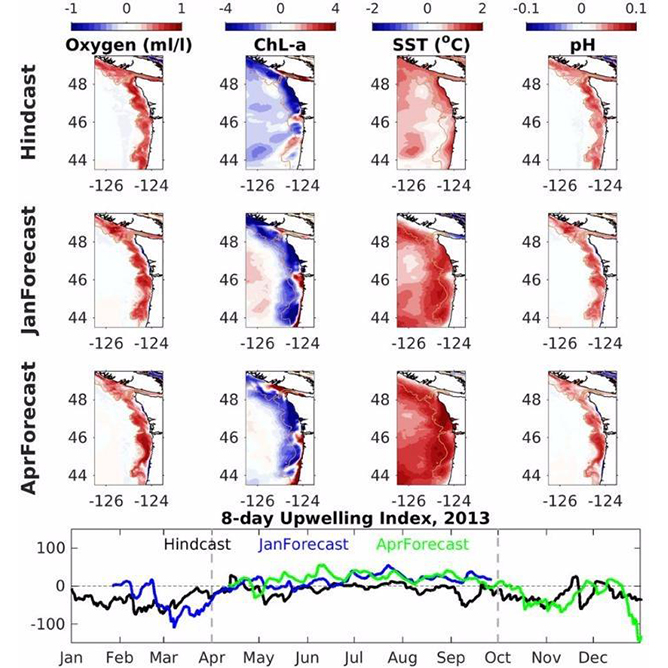Corals
Corals provide critical habitat to a diverse range of marine life. Numerous species, from tiny marine organisms to economically valuable fish and crabs, make their home in coral ecosystems in the shallow and deep ocean. Coral reefs also protect our coasts from storms and support tourism and recreation. Understanding the effects of ocean acidification on corals provides insight into future environmental changes that may impact entire food webs and coastal communities.
Both deep sea and shallow reef-building corals have calcium carbonate skeletons built with carbonate ions from seawater. As our oceans become more acidic, carbonate ions become relatively less abundant. Decreases in the availability of these building blocks makes it harder for corals to grow and maintain carbonate structures. The National Ocean Acidification Coral Reef Monitoring Program monitors the condition of U.S. coral reef ecosystems, while NOAA researchers study coral physiology and vulnerability.


Shallow Water Corals
Shallow water corals typically build reefs with their accumulating calcium carbonate skeletons, which may be made of either aragonite or calcite, two forms of calcium carbonate mineral. Coral reefs occur globally in tropical environments and provide habitat to the greatest diversity of marine organisms in the world. The impacts of ocean acidification on shallow water corals are examined by the National Ocean Acidification Coral Reef Monitoring Program (NCRMP).

Deep Sea Corals
Deep sea, or cold water, corals occur along the U.S. Pacific coast and are abundant throughout Alaska waters. While they do not form reefs in these regions, deep sea corals provide habitat for a variety of marine species. One of the most ecologically important deep sea corals is the red tree coral (Primnoa pacifica), which is found in the North Pacific Ocean from Washington to the Bering Sea. These corals can be very large (up to 5 meters high and wide) and provide essential habitat for managed fish and crabs. Scientists at the Alaska Fisheries Science Center and partner institutions document the forms of calcium carbonate that make up the skeletons of deep sea corals like the red tree coral, as well as their geographical location and depth. These efforts assist with assessing their vulnerability to ocean acidification.


